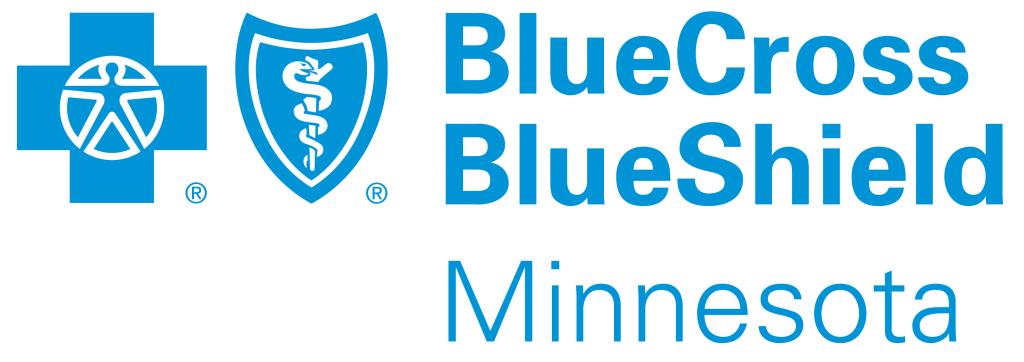Whether you call it bags, beanbag toss or its official name, cornhole, the game is a staple summer activity for many Minnesotans. From backyard barbeques to local breweries, it can be played by people of all ages just about anywhere — as long as you have a set of boards and bags. And while cornhole is typically thought to be a laid back lawn game, it actually is an official sport at the National Senior Games and can provide you with a variety of health benefits.
How to play
The goal of cornhole is simple — be the first person or team to score 21 points. To play, you’ll need a set of two standard cornhole boards and a total of eight bean bags that weigh around one pound. You can typically find cornhole equipment online or at a sporting goods store.
The American Cornhole Association says cornhole boards should be placed around 27 feet apart when playing — although they recommend 12 to 15 feet for seniors, depending on ability. Using underhand tosses, players take turns throwing cornhole bags to the opposite board. When bags land in the hole, that team earns three points. Bags that land on top of the board are worth one point. Cornhole can be played in a singles or doubles format. To learn more about the rules of cornhole, visit playcornhole.org/pages/ rules. There are several cornhole leagues throughout the state that you can join as well.
The benefits
While cornhole is typically a game played at parties or picnics, it can still provide you with some health benefits. It’s a low- impact activity that can be played by people of varying abilities and requires hand-eye coordination and balance to be successful. The U.S. Department of Agriculture notes that outdoor recreational activities — like cornhole — can help reduce stress, improve physical fitness and benefit a person’s overall health and wellness. Plus, as a social sport, cornhole can help boost your mental health and your sense of community.


